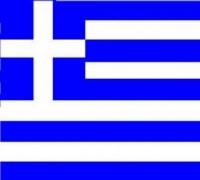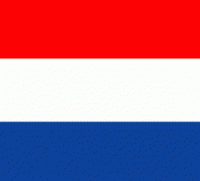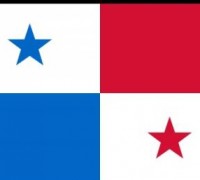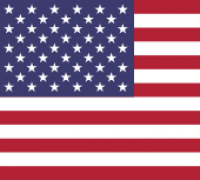- SURVIVORS
14)SURVIVORS SWEDEN
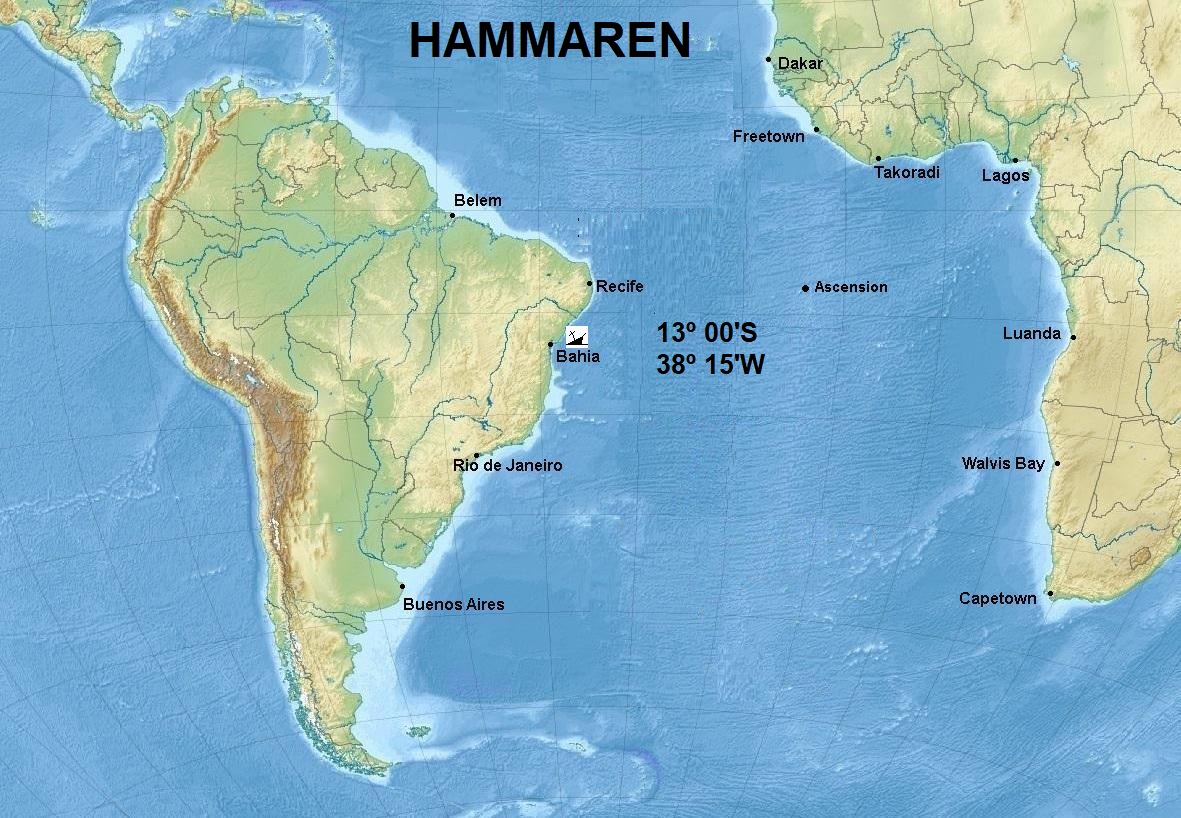
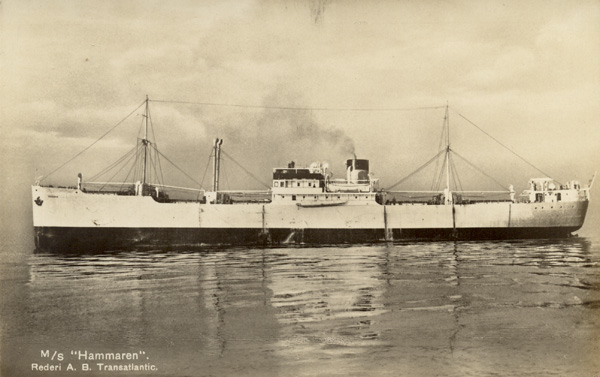
At 09.50 hours on 22 Aug 1942 the unescorted and unarmed Hammaren (Master Carl Gunnar Herman Clase), dispersed from convoy OS-36, was attacked with gunfire by U-507 while steaming at 13 knots with dimmed navigation light set about 40 miles east of Salvador, Bahia. Unaware of the recent enemy activity off the Brazilian coast, the ship had set her lights after spotting some fishing craft off Itapoan Point. The U-boat surfaced less than a mile off the port beam and opened fire with the deck gun after missing with three single torpedoes at 09.09, 09.11 and 09.12 hours.
The first round struck underneath the bridge, jammed the telegraph on slow astern and set this part of the ship on fire. Seven more rounds were fired of which five hit, killing three and injuring four crew members and causing another fire aft. All surviving crew members, except the master and three men, immediately abandoned ship in both lifeboats but the port boat swamped as it was damaged by the shelling. One occupant drowned and the others were picked up by the starboard boat. At 09.52 hours, U-507 fired one torpedo from the port side that apparently missed because the Hammaren was moving slowly astern.
The U-boat then went around the stern and five minutes later fired another torpedo that struck on the starboard side underneath the forward mast and caused the ship to sink by the bow at 10.12 hours. The four men still aboard had to jump into the water and the master and two men were picked up by the lifeboat, but the fourth drowned. The lifeboat 25 survivors then set sail towards the nearby coast and made landfall after five hours near Salvador. The four injured men were admitted to a hospital, where the chief engineer died of wounds ten days after the sinking.
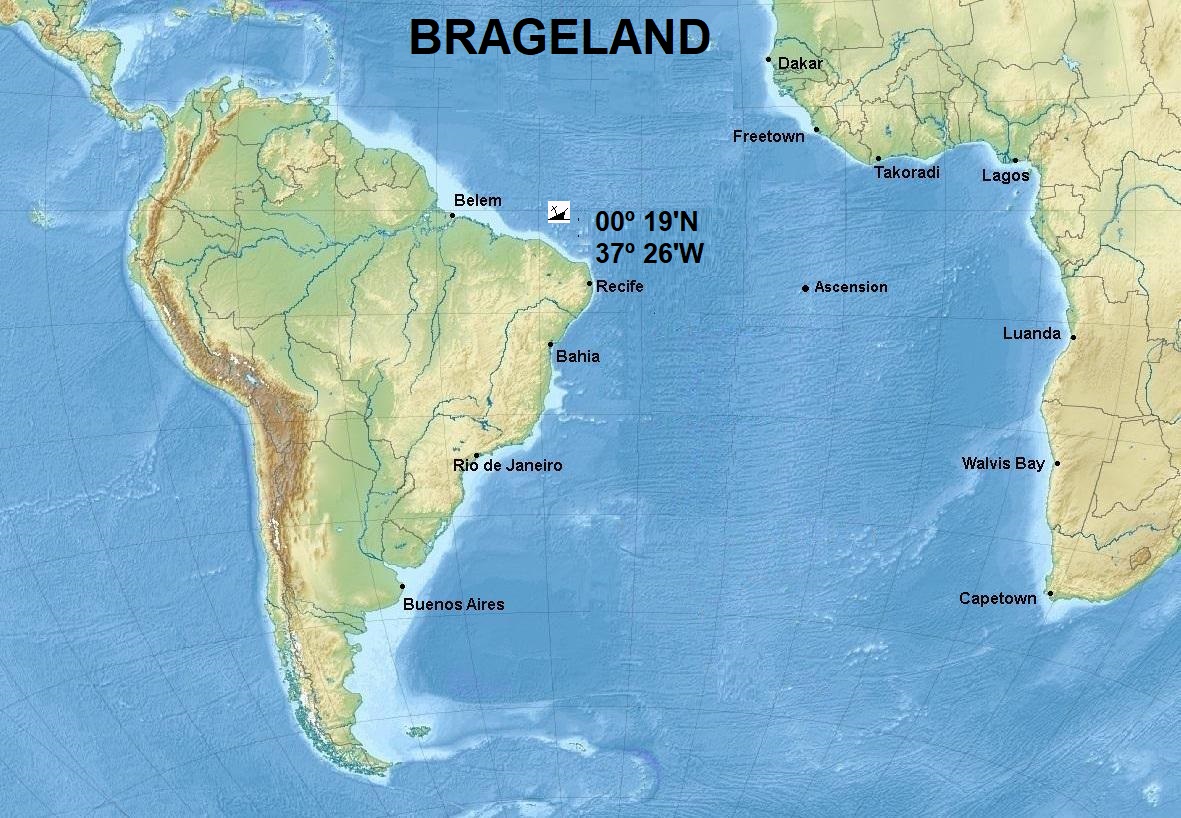

The Brageland was torpedoed after being duly warned at 1000 GMT, on Jan 1, 1943 at 00:19 N - 37:30 W, enroute from Santos, Brazil to Philadelphia, loaded with a cargo of coffee, wool, cheese and 60 tons of mail. The vessel listed about 110 degrees, turned over so that its keel was visible and sank about six minutes later stern first and bow up.
Upon order of the sub commander to abandon ship, the 28 officers and crew of the Brageland safely got away in three lifeboats. All of the survivors arrived safely at Tutoya, state of Maranhao Brazil, six days later.
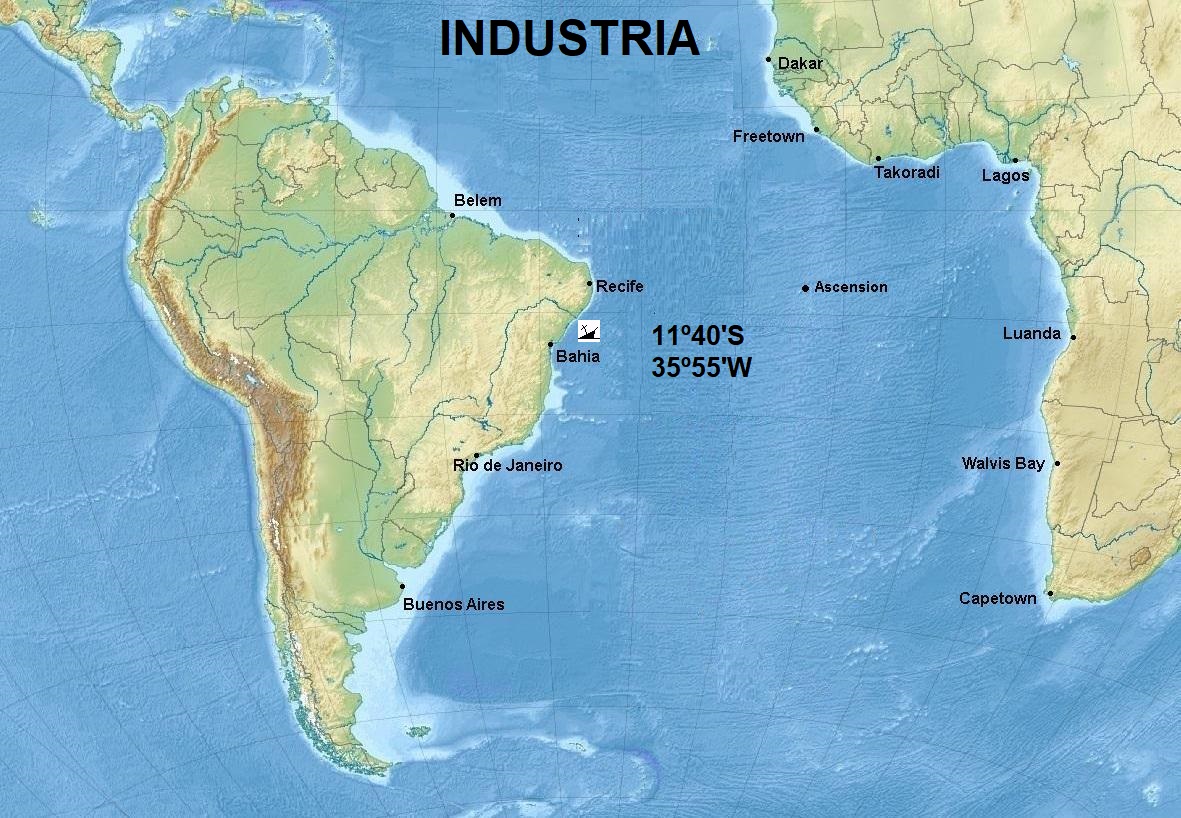
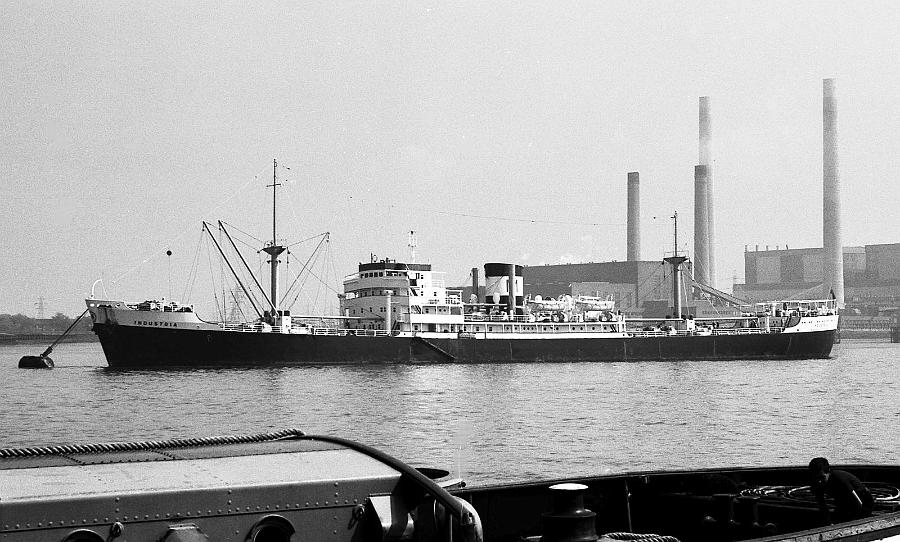
At 07.07 hours on 25 March 1943 the unescorted and unarmed Industria (Master J. Erik Lorentzon) was hit on the starboard side abreast of the bridge by one of two torpedoes from U-518 while steaming on a non-evasive course at 12 knots about 80 miles southeast of Aracaju, Sergipe. The U-boat had spotted the navigation lights of the ship, but could not see the Swedish flag painted on the side because it was not illuminated.
No distress signals were sent as the aerial had been damaged and the ship sank by the bow within eight minutes. The most crew members abandoned ship in one lifeboat, while others had to jump overboard when the ship sank. The U-boat surfaced shortly afterwards, questioned the survivors in the boat and took the master, the chief officer and the chief engineer as prisoners aboard. The Germans then asked the survivors if there were any wounded and if water was required and left after 30 minutes.
On 27 April, the prisoners were landed in Lorient and later repatriated by aircraft to Sweden. The lifeboat picked up the men swimming in the water and searched in vain for a man who was last seen on a raft. The survivors were picked up 15 hours after the sinking by the Swiss steam merchant St. Cergue and landed at Bahia.

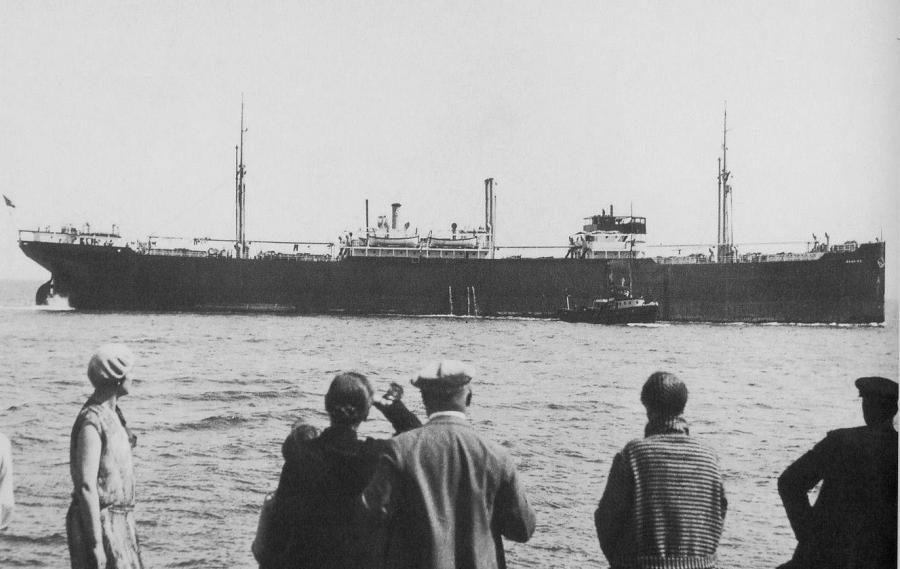
At 23.34 hours on 29 April 1943 the unescorted and unarmed Nanking (Master Lars Hugo Berggren) was hit on the port side in the after part of #2 hold by one of two torpedoes from U-123 while sailing on a non-evasive course at 11.5 knots about 70 miles south-southeast of Monrovia. The crew immediately abandoned ship in the two lifeboats in difficult circumstances as it was a pitch black night and she was still making a little headway because the engines were not stopped. Furthermore two air whistles were going full blast which made it impossible to hear orders.
At 00.01 hours on 30 April, the U-boat fired a coup de grâce that missed ahead and was just preparing another attack when the ship sank vertically by the bow twelve minutes later. The survivors were not questioned by the Germans and the boats soon lost contact to each other. The boat of master and five crew members was towed for the last 10 miles by a native sailing vessel until making landfall at Grand Bassa, Liberia. The 25 occupants in the other boat later landed at Santa Cruz, Canary Islands.
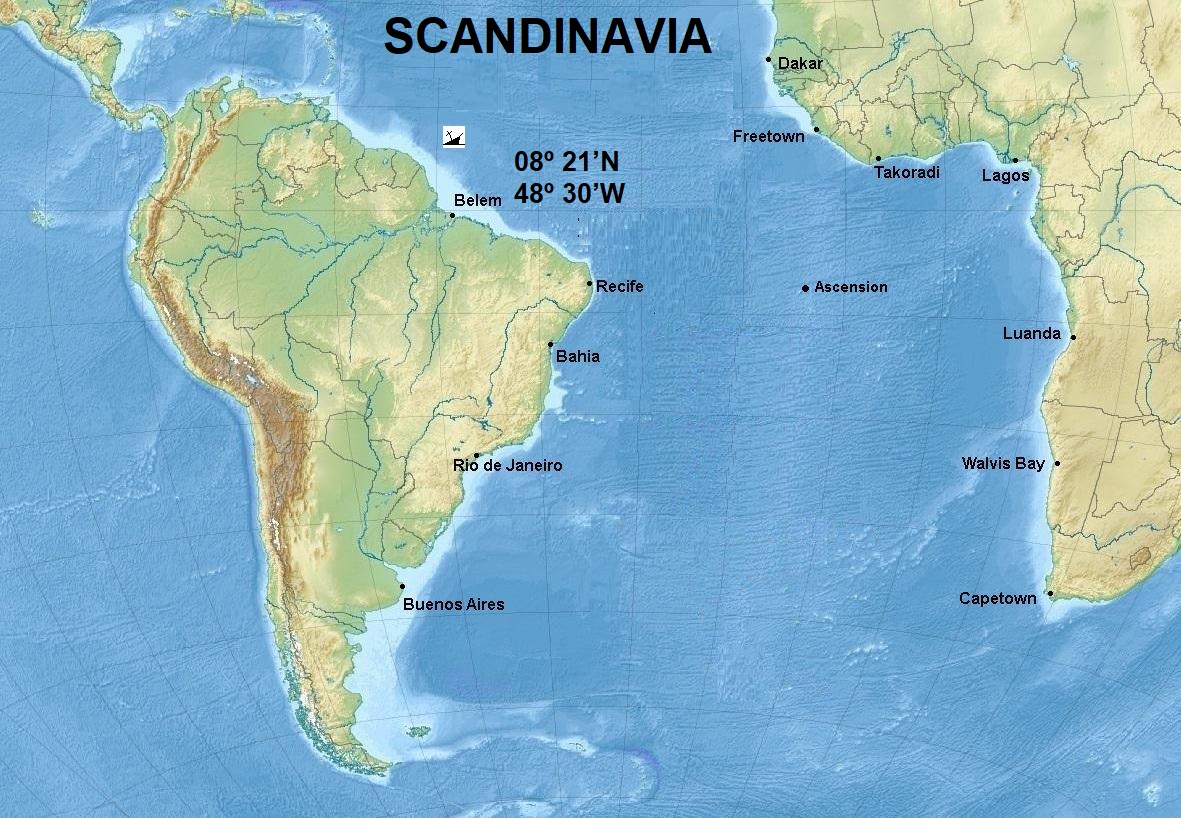
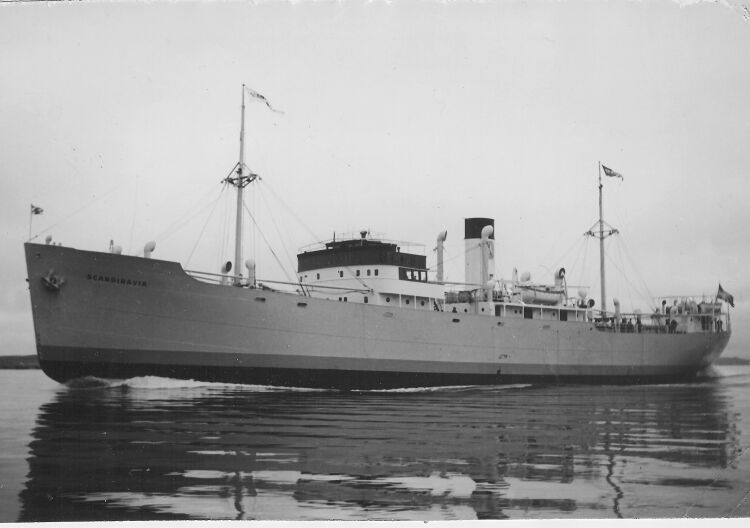
At 00.51 hours on 10 July 1943 the unescorted and unarmed Scandinavia (Master S. Lindhe) was stopped by U-510 with a shot across her bow about 400 miles north of Cayenne, French Guiana. The U-boat had spotted the ship with navigation lights set and barely visible nationality markings. The Germans asked for the name and ordered the master to come aboard with the papers, which showed that the vessel was en route for the enemy. Eick decided to sink the ship in accordance with the prize rules and gave the crew a half an hour to leave the ship in the two lifeboats. At 02.50 hours, the Scandinavia was hit amidships by one torpedo and sank by the stern within two minutes in 07°58N/48°06W. On 19 July, the survivors made landfall near Paramaribo, Dutch Guyana.


On 21 June 1943 the unescorted and unarmed Venezia (Master K.B. Hansson) was hit in the bow by one torpedo from U-513 about 300 miles southeast of Rio de Janeiro. The ship stopped immediately and settled quickly with a list to starboard. After the crew of 25 and two passengers abandoned ship in two lifeboats, she was struck amidships by a second torpedo and sank in flames. The survivors set sail towards the Brazilian coast, were picked up by a British merchant ship and landed at Rio de Janeiro on 24 June.
